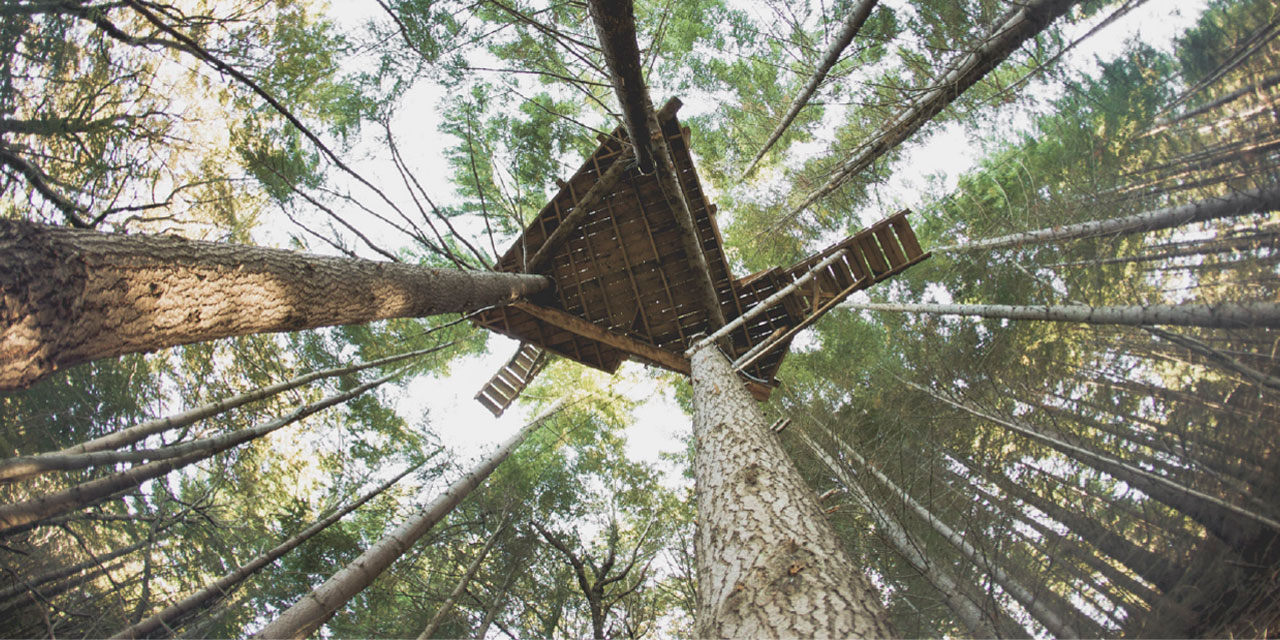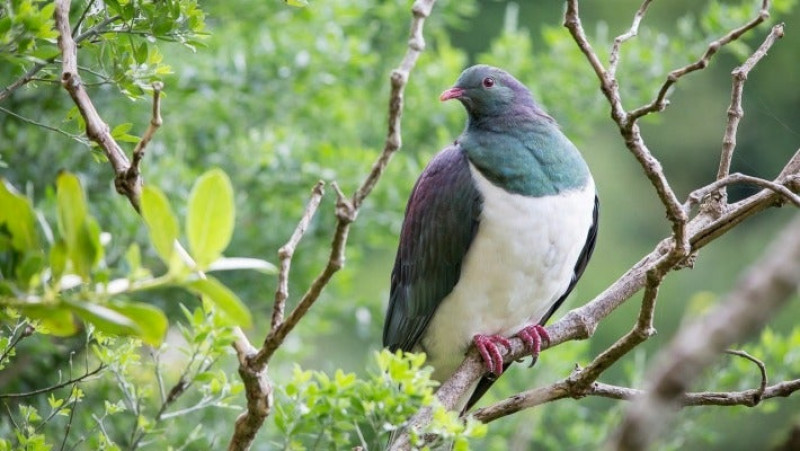
10 New Zealand Native Birds
calendar_todayNovember 7, 2019 at 5:10 PM

This month, Ziptrek Ecotours Queenstown is celebrating turning 10 years young! That's a decade of zipping, 10 years of working with local charities & communities and 10 years striving to improve sustainability in tourism, within New Zealand.
Over the past 10 years, founder Trent Yeo has lead his team and business partners to move towards developing sustainability on a global scale. One of the many business Ziptrek supports is the Kiwi Bird Life Park, a sanctuary dedicated to reptiles & birds, especially kiwis, with a conservation show & audio tour.
Since Ziptrek has been working with the Kiwi Birdlife Park and Wakatipu Reforestation Trust by planting more native forest plants and fruit trees, they have spotted over 4 different native birds on course - including recently the Kereru, most likely contributed to a significant planting of "Wineberries" up on course in 2018 with the launch of our newest tour - Kereru 2-Line + Drop tour.
Many of you may not know that 75% of NZ land birds are either threatened or at risk of extinction. That's four out five NZ bird species in trouble.
If you are wanting to support New Zealand’s birds look at joining a community group or give a small donation. Every dollar counts, be a part of a community that stands up for the natural environment.
To celebrate all things 10, here are 10 of our favourite New Zealand Native Birds:
Kereru
- One of the largest pigeons in the world, weighs 650g and are about 50cm long.
- Kereru spread the seeds of over 70 native forest plants, including Rimu and Nikau.
- Kereru are the only native bird left, large enough to eat big fruit of some important native trees like Tawa and Karaka.
- They only grow one egg which the male and female take turns looking after for a month until it hatches.
- They are renowned for getting "drunk" on fermenting berries and toppling out of trees before swooping back up to their tree perch.
Kea
- Kea are highly mischevious birds but are also understood to be very smart, some scientists claiming they are as smart as a four year old child.
- Keas are omnivores and have been known to attack animals as big as sheep.
- Kea are large alpine parrots. 46cm about the size of a cat sitting up and a wingspan of 1 metre when in flight.
Fantail
- Flies around using its tail to disturb insects, flushing them out before eating them.
- They are not usually very afraid of people, many of the birds will approach people within a metre in distance and are even known to continue nesting and feeding while people watch nearby. This is why they are the most common bird for walkers and trampers to come across when on some of New Zealands Great Walks.
Tomtit (miromiro)
- Small in size, with large heads,
- In the battle between land and sea birds in ancient times, the tomtit had a special job as a torotor or scout, a nickname given by Maori for its habit of appearing from nowhere. These birds can also spot an insect 10 metres away which is recalled in the saying “he karu miromiro”, a tomtit’s eye about an observant person.
Kiwi
- Kiwi are an icon to New Zealand as they are a symbol for the uniqueness of the wildlife that we are home.
- Kiwis are both nocturnal and flightless.
- These birds also have a strong cultural significance to Maori as the use of their feathers has been a distinctive component in the weaving of high ranked Maori cloaks (Kahukiwi).
- Kiwi’s are by far the smallest of the ratite family and can live between 25 and 50 years old with chicks hatching fully feathered.
Moa
- Moa are known to be some of the biggest birds ever recorded on the planet, especially in more recent times. These birds only went extinct around 500 years ago.
- Females were usually the biggest of the species, known to reach heights of around 12 foot and weigh up to around 230kg.
- Moa were hunted for their resources. One Moa would have been able to feed a family for around a month. The birds feathers were used to weave cloaks and clothing. The long legs of the birds were great for making spears out of.
South Island Robin
- The South Island Robin is a small songbird that has brownish/black features and a yellowish white underbelly.
- Males are known to be quite the bachelor singing loudly and often for minutes at a time.
- These robins are most commonly found in mature forests, they usually favour moist areas where there is an open understory under a closed canopy on fertile soils.
- They have recently made a significant return to Routeburn and Dart Valleys after almost a decade of a drastic decline in numbers.
Yellow Eyed Penguin
- These birds are a great example of our unique and diverse birdlife here in New Zealand. These penguins are very special being the only ones left in their genus.
- Yellow eyed penguins are very shy and rather antisocial towards other penguins, apart from their partner in their breeding territory.
- Coastal vegetation provides the penguins with the necessary privacy to breed, if they can’t hide, they won’t breed.
Pipipi
- Also known as the brown creeper these small birds are endemic to the South Island and are considered to be insectivorous.
- They glean invertebrates from leaves and small branches in the canopy, and occasionally will glean from loose bark on main trunks and large branches, and will hang upside down to forage.
- Brown creepers pairs are monogamous. In drought conditions there have been reports of cooperative breeding with failed adults contributing food to a nest.
New Zealand Falcon
- They are a hunting bird that predominantly feeds on live prey and can fly at speeds of around 100km/h.
- They can be incredibly aggressive especially when it comes to defending their nests, with some humans coming into contact with the falcons raking technique with its talons across the tops of their heads.
- The New Zealand falcon, known internationally as one of the bravest, most aggressive of the falcon species. A TRUE NEW ZEALANDER!
We use tools such as cookies and similar technologies to track, analyze, and personalize your experience and ads, and share data with our partners. To find out more about the cookies we use, see our Privacy Policy. Change your preferences anytime using the "Manage Cookies" link at the bottom of the page.